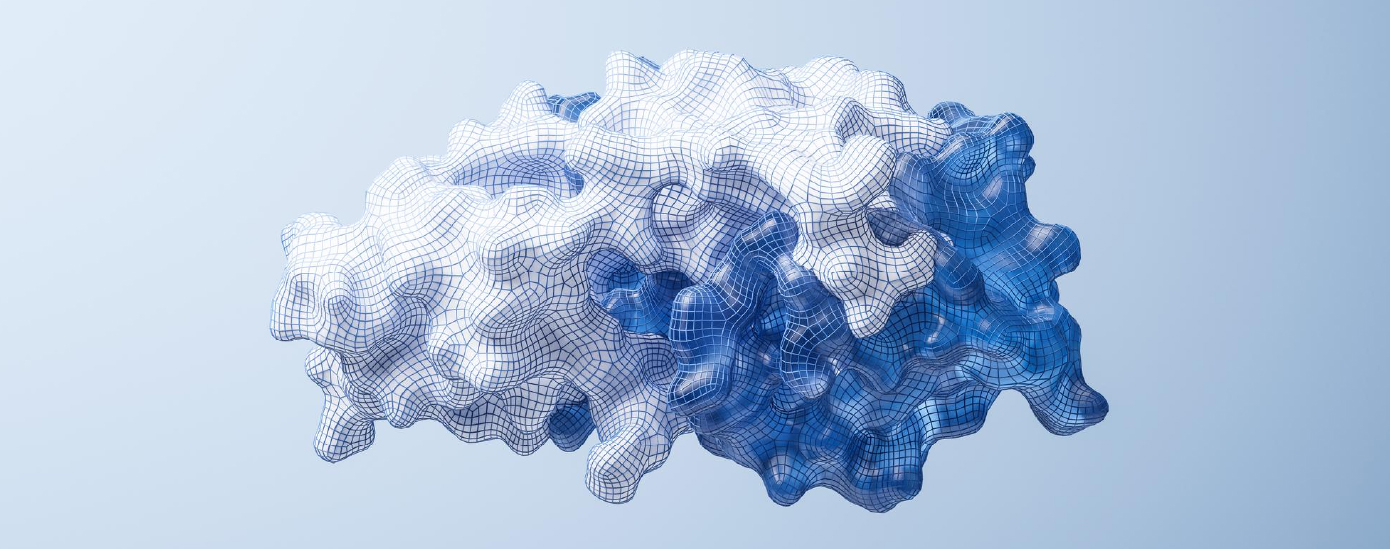

Lentiviral vectors have become a cornerstone of modern therapy, offering unparalleled potential for the treatment of a wide range of genetic disorders and chronic diseases. Central to the successful production of these vectors are lentivirus helper plasmids, which provide the necessary machinery for packaging and delivering therapeutic genes into target cells. As the field of advanced therapy continues to evolve, so too does our understanding of the design, application, and safety considerations associated with these essential tools.
Four frequently asked questions about helper plasmids:
Lentivirus helper plasmids are essential components in the production of lentiviral vectors. They provide the necessary viral proteins required for the packaging and assembly of the lentiviral particles. Typically, three main plasmids are used: one encoding the viral structural proteins (gag and pol), a second encoding the envelope protein (env), and a third, a transfer plasmid, containing the gene of interest. Together, these plasmids facilitate the generation of replication-incompetent lentiviral vectors that can efficiently transduce target cells.
Porton Advanced as your trusted CDMO partner, provides off-the-shelf helper plasmids accelerating the project development process from clinics. P001, P002, and P003 plasmids have assisted multiple cell therapy projects to obtain China IND approvals and the corresponding DMFs have been successfully received by the FDA.
Lentivirus helper plasmids are favored in gene therapy due to their ability to integrate the gene of interest into the host cell genome, enabling long-term and stable expression in both dividing and non-dividing cells. This stable integration is crucial for therapies targeting chronic diseases or requiring sustained therapeutic gene expression. Additionally, their safety profile has improved significantly, with newer systems minimizing the risk of generating replication-competent viruses.
In a typical lentiviral vector packaging system, multiple helper plasmids are used to ensure the successful production of lentiviral particles. These include:
These plasmids work in concert to produce high-titer, replication-incompetent lentiviral vectors that can transduce target cells efficiently.
Lentivirus helper plasmids are highly versatile, allowing researchers and clinicians to customize lentiviral vectors to meet specific needs. Key contributions include:
These capabilities make lentivirus helper plasmids an essential tool in the development of targeted and effective gene therapies.
Porton Advanced provides off-the-shelf helper plasmids accelerating the project development process from clinics. P001, P002, and P003 plasmids have assisted multiple cell therapy projects to obtain China IND approvals and the corresponding DMFs have been successfully received by the FDA.
These three helper plasmids have built master cell banks, as well as working cell banks. Porton Advanced can provide off-the-shelf products and CMC information, which ultimately shortens the project cycle. When using the helper plasmids for clinical and marketing applications of cell and gene therapy products in the US market, customers can directly cite the DMF number and refer to the LOA authorization letter provided by our team.